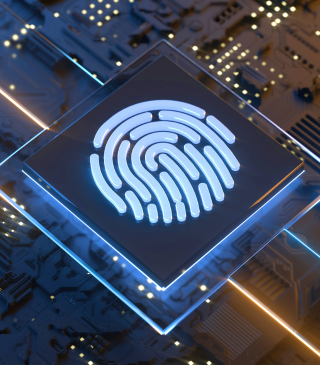Colton_Kane
My Cybersecurity Internship
Freckles Foundation
Quick Facts
This organization places animals in need into loving homes with a special focus on the “underdog.”
They believe neither age nor medical diagnoses like FIP or heartworm should prevent an animal from having a chance at a happy life.
By overcoming these barriers, they provide vulnerable pets with the care and love necessary to thrive.
Their mission combines compassion and advocacy to ensure every animal receives the opportunity to find a permanent, caring family regardless of their challenges.
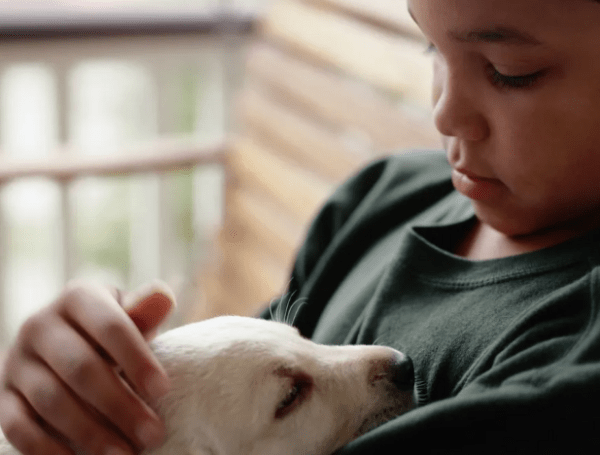
Freckles Foundation
About the Nonprofit
Freckles Foundation collaborates with shelters, rescue groups, community organizations, and individuals to find cats and dogs in urgent need of rescue. The foundation provides comprehensive veterinary care to each animal and places them in loving foster homes that offer nurturing and support.
Their goal is to ensure every animal receives the care necessary for a healthy recovery while waiting for adoption.
Freckles Foundation’s commitment to compassionate rescue and rehabilitation helps improve the lives of vulnerable pets and connects them with forever families, creating a safer and more caring community for animals in need.
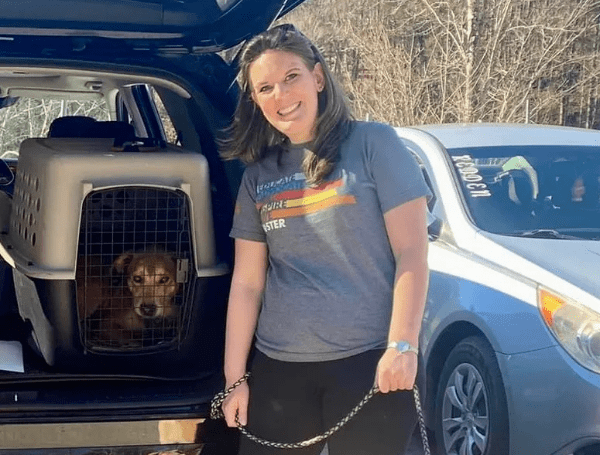
Freckles Foundation
Community Involvement
The Freckles Foundation relies on a dedicated team of volunteers passionate about animal rescue, including five core members from the DMV area who have personally adopted multiple animals.
Their strong community involvement is amplified through partnerships with local organizations, educational institutions, and businesses. These collaborations allow the foundation to expand resources, grow programs, and connect adoptive families with vital support networks.
Notably, they partner with the Best Friends Animal Society to further enhance their impact. This community-focused approach strengthens their ability to rescue, care for, and place animals in loving homes.
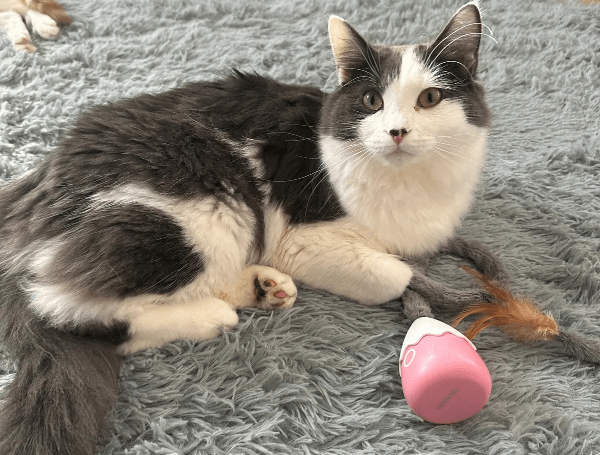
Freckles Foundation
Current Vulnerabilities
As digital tools become more common in rescue work, the Freckles Foundation recognizes the importance of addressing data vulnerabilities. Information such as names, addresses, emails, and even vet records may be stored online, posing a risk of breaches.
Insecure adoption or volunteer forms and online donation platforms can further expose personal and financial data. By integrating AI-driven cybersecurity solutions, the foundation can better protect sensitive information, monitor threats in real time, and secure its digital infrastructure.
This proactive approach ensures trust, safeguards supporters and adopters, and strengthens the foundation’s ability to focus on animal welfare.

My Security Presentation
During the Cybersecurity & Defense Internship, I worked with Beth Cerrone and Jamie Kreider to learn the basics of cybersecurity and explore its practical applications.
Throughout the week, I worked with a nonprofit to develop cybersecurity solutions to protect against various cyber threats. I worked with my team to analyze the threats to the organization and then developed a comprehensive solution.
At the conclusion of this internship, our team pitched the final proposal to the Leadership Initiatives Grant Committee, earning a microgrant to support the implementation of our proposal.

My Security Proposal
Throughout the program, we worked closely with Freckles Foundation to gain a clear understanding of their goals. These meetings provided valuable insights into critical gaps within their cybersecurity system and the potential risk they pose to the operation of their business.
The most pressing issue facing Freckles Foundation is ack of fundamental cybersecurity practices, including the use of weak passwords, the absence of an incident response plan, no data backup system for customer information, and a bring-your-own-device (BYOD) policy without safeguards, which significantly undermines its ability to protect sensitive data, respond to breaches, and maintain the trust and safety of its customers.
To address this issue, we developed a comprehensive security proposal that included a SWOT analysis of the Freckles Foundation’s current situation. Drawing on international cybersecurity standards, I proposed the implementation of a strong password policy to ensure all accounts are protected by secure, complex credentials. We also recommend installing a user-friendly VPN to secure internet traffic—especially important for volunteers using personal devices—minimizing the risks introduced by the BYOD policy. To combat phishing and social engineering threats, we propose launching an educational public quiz designed to teach employees and volunteers how to identify and properly respond to suspicious emails or texts. These practical and low-cost measures will greatly reduce the risk of cyberattacks, increase team awareness, and reinforce the organization’s commitment to protecting customer data.
Internship Highlights

I was given the unique opportunity to take exclusive tours of multiple government and security sites to speak directly with security professionals. During these tours, I was able to witness firsthand how cybersecurity operates at the national and international level.
I was able to visit the United States’ Security Innovation Lab. Throughout this visit, I was able to learn firsthand from government officials regarding how the government funds and establishes cyber-intelligence and cyber-counterintelligence technology.
We also toured the Homeland Security Investigations' (HSI) Technical Operations Center. During this visit, we learned how the government uses technology to track major crimes including wire-fraud, human trafficking, child exploitation, and more.
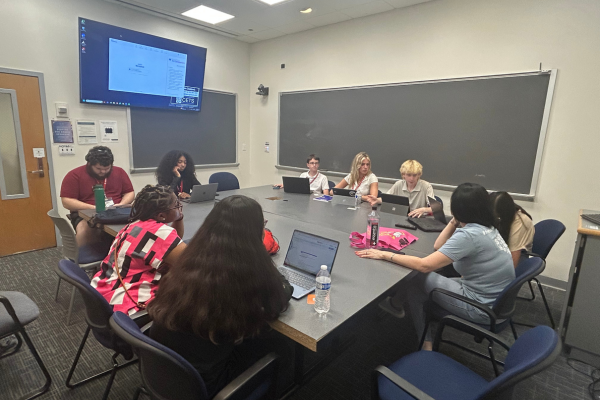
In order to apply the skills I learned throughout the internship, I worked directly with a nonprofit based in the Washington D.C. area to discuss their company's cybersecurity needs.
After three meetings where I walked through the organization model, protected information, and staff training of the nonprofit, I worked with my team to create a staff training protocol and threat analysis for my partner.
At the end of the internship, I advocated for, and received funding for, my nonprofit partner to implement the cybersecurity training protocols so they can best protect their client information and continue to develop with a reduced fear of cyber attacks and cybersecurity threats.
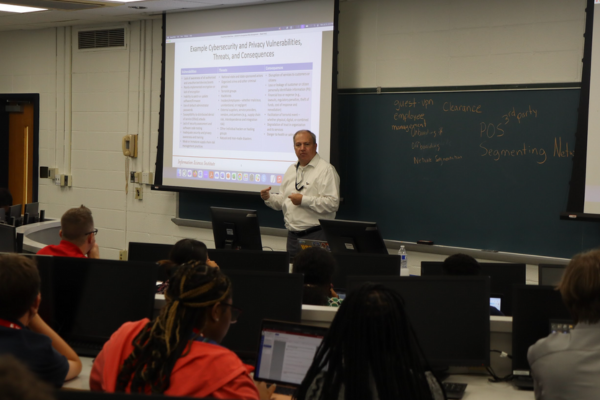
To learn more about the world of cybersecurity, I was given the unique opportunity to speak directly with cybersecurity experts from multiple organizations and backgrounds.
I worked directly with one of the leading consultants in Cyber Threat Management, and a lead Cyber Consultant from Ernst & Young, Phuong Nguyen, to learn about common threat assessment and cybersecurity counterintelligence. I also heard from the Director of Government Compliance for KPMG, Lisa Mathews, and the lead SME for the FutureG Initiative for the Department of Defense, Dr. Dan Massey.
Throughout the internship, I also heard presentations from and spoke with representatives from the Department of Defense, Department of Homeland Security, and the National Security Agency. To learn the physical side of cybersecurity, we also had the unique opportunity to meet with globally recognized penetration testers and network threat assessors.
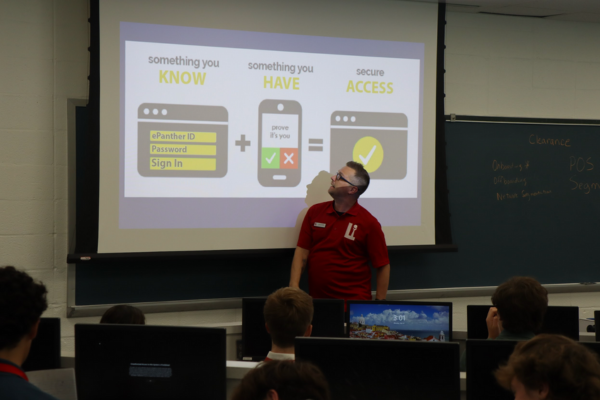
In order to put the skills we learned to the test, I had the unique opportunity to work with cybersecurity software typically used in graduate-level instructional courses. This provided me with a hands-on environment to develop and apply a wide range of cybersecurity skills.
I began with network cybersecurity, completing labs focused on network security and Linux to gain a deeper understanding of how networks communicate and where vulnerabilities may arise. This experience highlighted the ways in which cybersecurity threats can disrupt or compromise these communications, reinforcing the importance of proactive defense measures.
Building on these Linux skills, I participated in capture-the-flag coding competitions and explored virtual rooms designed to simulate real-world cybersecurity challenges. These activities tested both my technical abilities and problem-solving skills, allowing me to apply classroom concepts in practical, scenario-based settings.





